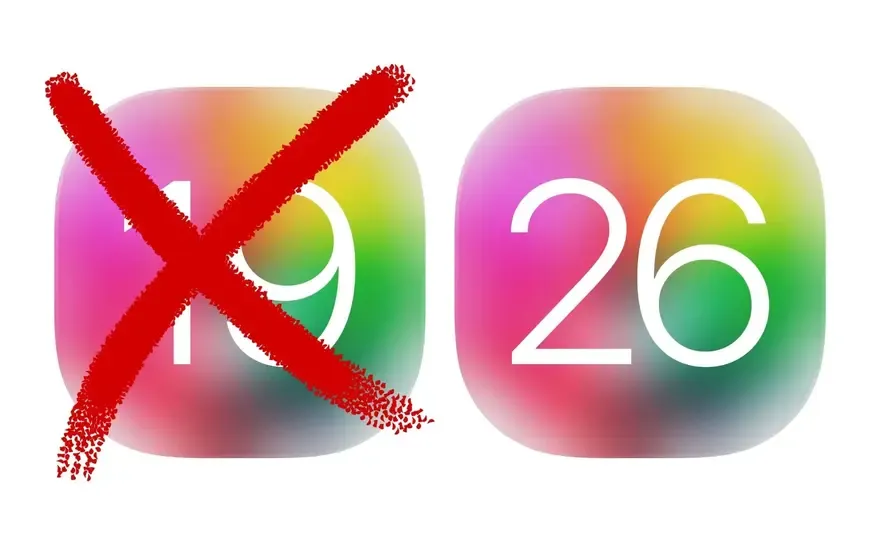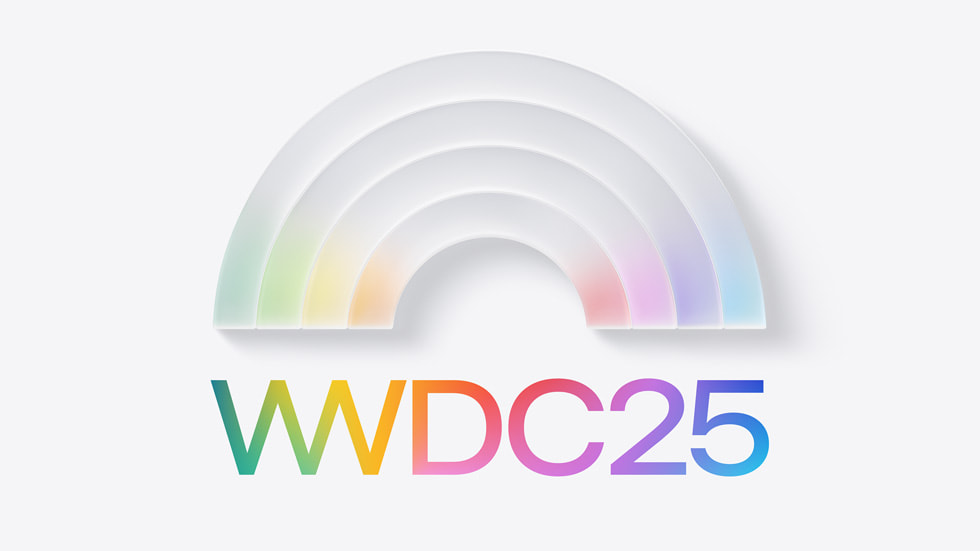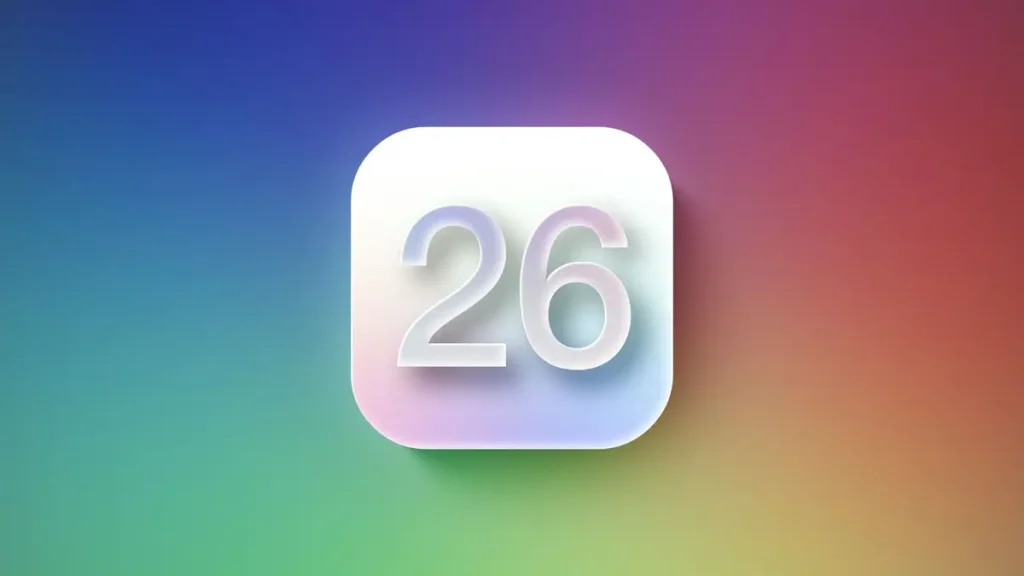Apple’s latest iOS update isn’t just another software release — it’s a branding reset. Instead of rolling out what would have been called iOS 19, Apple is making a bold leap to iOS 26. That’s right: skipping versions 19 through 25 entirely. This change is part of a larger shift toward a unified, calendar-based naming system across all its platforms.
Why Did Apple Jump to iOS 26?
This isn’t just about flashy branding. Apple wants to simplify its software lineup. In recent years, its version numbers across iPhone, iPad, Mac, and other devices haven’t aligned. For example, iOS 18 launched in 2024 while macOS was on version 15 — confusing for users and developers alike.

By jumping to iOS 26, Apple is adopting a model-year system similar to how cars or Samsung smartphones are branded. This means iOS 26 will debut in 2025 and remain current through 2026. It’s a straightforward way to match the operating system version with the year it’s intended for, making life easier for everyone.
All Apple OS Platforms Are Joining the “26” Club
Apple isn’t just updating iPhones. The entire ecosystem is coming along for the ride. That includes:
-
iOS 26 (iPhone)
-
iPadOS 26 (iPad)
-
macOS 26 (Mac)
-
watchOS 26 (Apple Watch)
-
tvOS 26 (Apple TV)
-
visionOS 26 (Vision Pro)
So when you get a new iPhone, iPad, or Mac later this year, all the operating systems will feature the “26” branding—no more mismatched numbers.
iOS 26 Features – So What’s Changing for You?
From a user standpoint, the naming change won’t affect how you use your device day-to-day. If you were expecting new features in iOS 19, they’re still coming—just under a new name. You’ll download iOS 26, but it’s the same core update that was already in development.
What the change does bring is greater clarity. When you check your software version, you’ll instantly know it corresponds with the upcoming year, making it easier to know how current your device is.
For developers, the impact is also mainly cosmetic. Instead of coding for iOS 19, they’ll target iOS 26 in the next SDK. But the benefit is significant: uniform version numbers across Apple’s platforms simplify app development and testing.
Apple Is Set to Announce iOS 26 at WWDC 2025
Apple will officially unveil iOS 26 and the other “26” operating systems during its annual Worldwide Developers Conference (WWDC) in June 2025. Expect a preview of new features, a first look at the updated user interface, and release timelines for the beta and public versions.

The final version of iOS 26 is expected to drop in the fall, alongside the next iPhone release—keeping with Apple’s usual cycle.
What This Means for the Apple Ecosystem
Apple is focused on consistency, and this shift signals that it’s listening to both its developers and users. Unified versioning means less confusion, simpler documentation, and a more cohesive brand experience. It also sets the stage for tighter integration between devices, especially as Apple pushes deeper into cross-platform features and app continuity.


